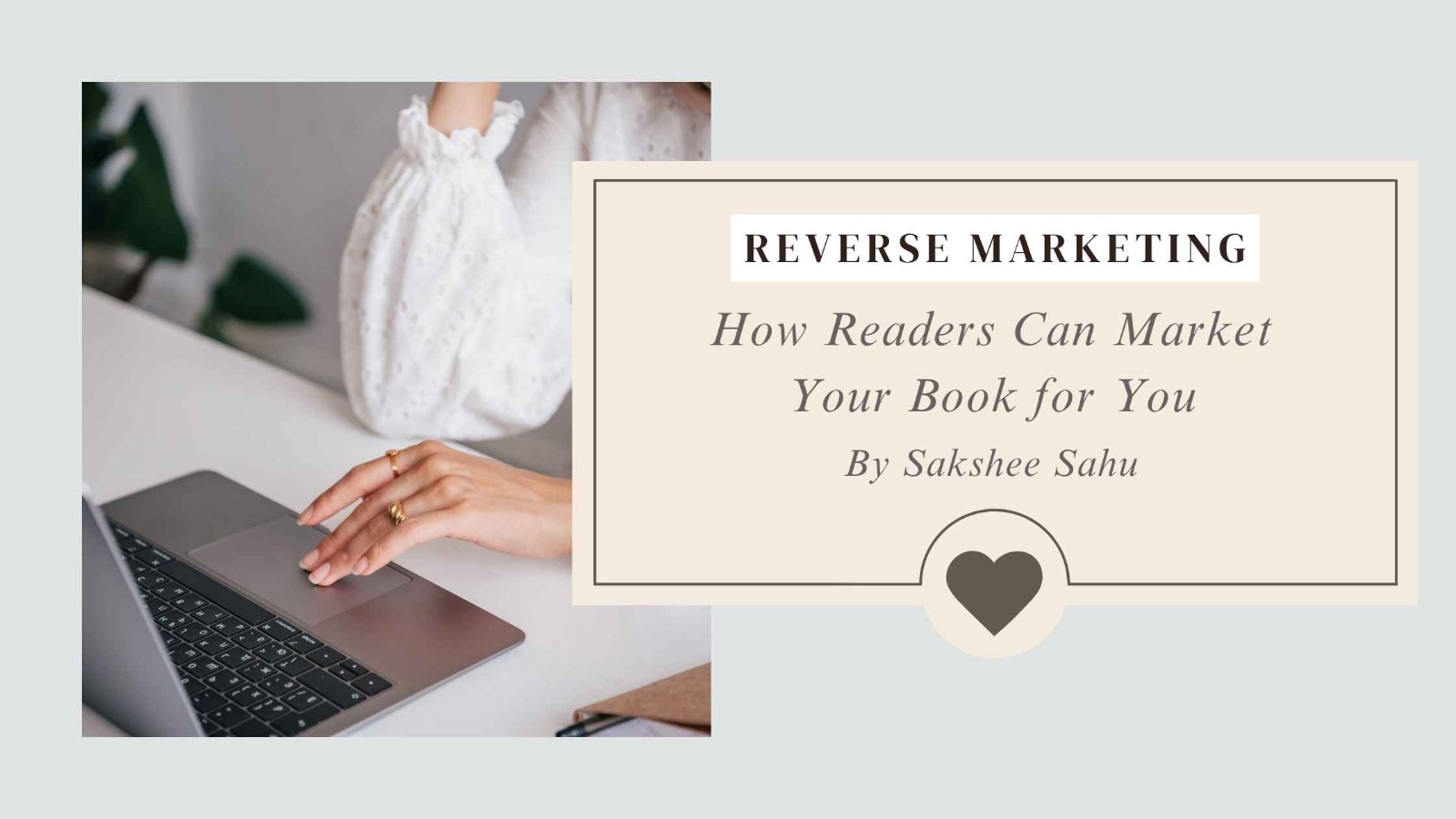In an age where trust is currency and algorithms constantly change, one of the most powerful tools an author can wield is not a massive ad budget or even a sleek website, it’s the voice of the reader. Reverse marketing is the practice of empowering your readers to become your marketers and how readers can market your book, turning their organic love for your book into a ripple effect that reaches corners paid promotions rarely touch. While traditional marketing pushes a product onto readers, reverse marketing invites them to pull it into their lives and share it with others, willingly and enthusiastically.
Explore More: Book Marketing Services in India
Creating Shareable Moments Within the Reading Experience
Reverse marketing begins before a book is even published. It starts with an author’s mindset one that’s reader-centric, rather than sales-centric. When you write and design your book with the intention of inspiring reader engagement, you plant the seeds of future word-of-mouth success. Think of what makes a reader highlight a line, post a quote on Instagram, or discuss a plot twist on a book forum. These are not just emotional reactions; they are marketing moments. Emotional resonance is inherently shareable, and authors who understand this create stories that readers feel proud to promote.
Packaging plays a crucial role here too. A visually striking cover, an aesthetically pleasing interior layout, or a custom bookmark with a reader challenge (“Post your favorite quote with #MyBookMoment”) invites interaction. Small thoughtful elements, like a QR code that links to a secret bonus chapter or a playlist inspired by the book, elevate the reading experience into something more immersive and most importantly, share-worthy. When readers feel like they’re in on something exclusive or exciting, they’re more likely to talk about it. And when they do, they do so in a language and tone that resonates with their circles more authentically than any sponsored post could.
Turning Readers into Content Creators
Once your book is in the hands of readers, the next step is to encourage and amplify user-generated content (UGC). This includes photos, videos, quotes, reviews, reactions, and even fan art. The most successful authors don’t just wait for this content to appear they actively prompt it. Whether it’s a call to action at the end of the book (“If you loved this story, share your favorite scene online and tag me!”) or a social media campaign that invites readers to participate in a challenge or contest, reverse marketing thrives on collaboration.
Social proof is immensely powerful. When readers see others posting about a book, they begin to perceive it as worth their time. The goal is to create a cycle where a reader discovers your book because of someone else’s excitement, reads it, and then feels compelled to share their own experience. One effective strategy is resharing reader content regularly across your own platforms. Not only does this validate their efforts, but it also creates a feeling of community. Readers feel seen, valued, and part of something larger and this drives loyalty. These small interactions build an ecosystem where every reader becomes an advocate, not because they were told to promote, but because they’re emotionally invested in doing so.
Reviews are perhaps the most direct and visible form of reader-led marketing. Encourage them, guide readers on how to leave meaningful ones, and express genuine appreciation for every review, big or small. This not only boosts visibility on platforms like Amazon and Goodreads but also signals to potential readers that the book is actively loved and discussed. In many cases, readers won’t act unless prompted. So don’t hesitate to follow up through newsletters, social media, or post-purchase emails with a gentle nudge to leave a review or tag you in a post.
Learning from Authors Who Built Reader-Driven Communities
Several authors have harnessed the power of reverse marketing to incredible effect. Colleen Hoover’s explosive rise was not driven by paid media but by a passionate reader base that took to TikTok with real, unscripted reactions. Her books became viral sensations not because of ad targeting, but because of tearful reviews, emotional reading vlogs, and heartfelt discussions. Each reader became a micro-influencer, drawing in others not with marketing jargon but with raw, relatable excitement.
Similarly, independent authors like LJ Shen and Talia Hibbert cultivated communities where readers are not just consumers, but participants in the creative journey. Through newsletters that feel personal, social media engagement that’s genuine, and bonus content that rewards reader loyalty, they’ve built fan bases that not only buy books but promote them far and wide. These authors understand that every reader has a network, and every post, tweet, or story shared by a fan carries more authenticity than the slickest ad campaign.
Reverse marketing also allows for longevity. Ads run out. Campaigns end. But reader love, once sparked, continues to grow especially if nurtured. When readers believe they’re part of your journey and not just a transaction, they stick around for the next book, recommend it to friends, and become your most valuable allies. It’s not easy. It requires connection, vulnerability, and consistent engagement. But the payoff is not just sales, it’s a legacy.
In today’s crowded literary market, where attention is scarce and trust is hard-won, reverse marketing is not just a clever tactic, it’s a sustainable strategy. By turning readers into marketers, you transform your book from a solitary creation into a shared experience. One that lives on not in your words alone, but in the voices of those moved by them.
Publish your book with us: https://astitvaprakashan.com/




